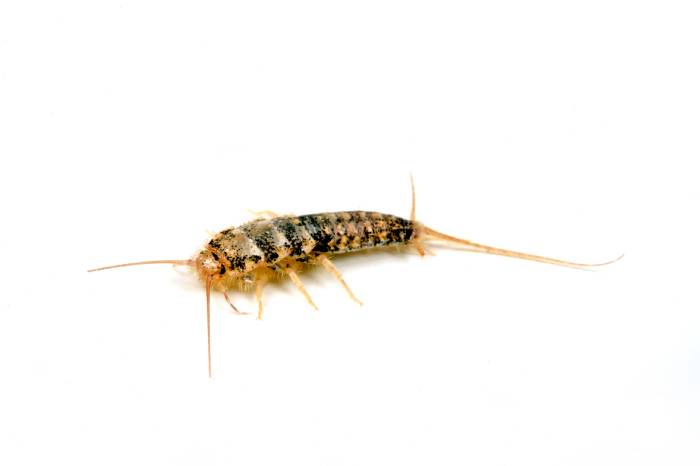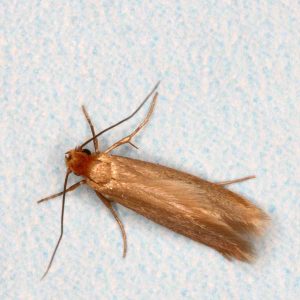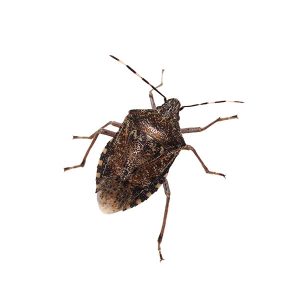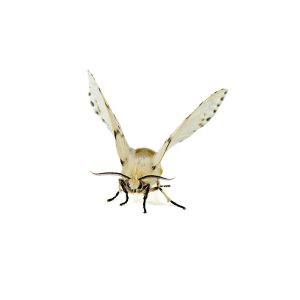Firebrat in Georgia
Firebrats are widespread throughout Georgia, particularly in urban and suburban regions. Typically measuring between 1/2 to 3/4 inch in length, firebrats are nocturnal creatures that prefer warm and humid environments. Although they are active year-round, their numbers decrease during cold winters. However, they can endure the winter indoors if they find a warm, cozy hiding place. Their ability to adapt and survive indoors contributes to their persistence as household pests, capable of causing damage to stored items like paper, books, and clothing.
Firebrat Habitat
Firebrats inhabit warm and humid environments, making urban and suburban areas ideal habitats. These small insects are commonly found in spaces such as kitchens, bathrooms, and laundry rooms within homes and other buildings. They are attracted to heat sources such as furnaces, boilers, and hot water pipes, where they seek warmth and moisture. Outdoors, firebrats hide under rocks, leaf litter, and in protected areas near buildings. They are nocturnal creatures, active during the night and hiding during the day to avoid light and disturbances.
Firebrat Behaviors, Threats, or Dangers
Firebrats are pests that can rapidly breed and multiply in your home, but they’re generally harmless. They don’t bite or sting, but they can contaminate food. They are known to damage various household items such as books, paper, fabrics, and even wallpaper by feeding on them. Their presence can also contaminate stored food items. Firebats can exacerbate allergies and asthma in sensitive individuals due to their shed skin and feces. Prevention measures such as reducing humidity, sealing cracks and crevices, and minimizing food sources can help mitigate the risks associated with firebrats infestations. If you have excess firebrats on your property, contact your local exterminators for help.
Need help with pest control?
Ready for your FREE quote?
Fill out the form below and we’ll be in touch!
*During normal business hours. After hours inquiries will be returned the next business day.






